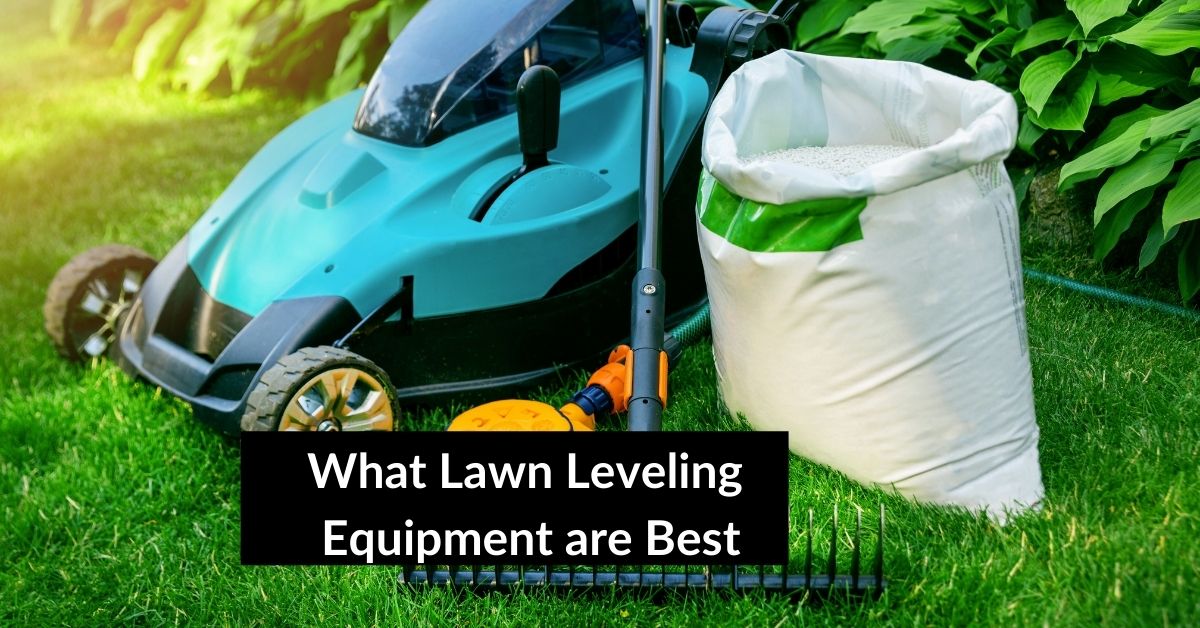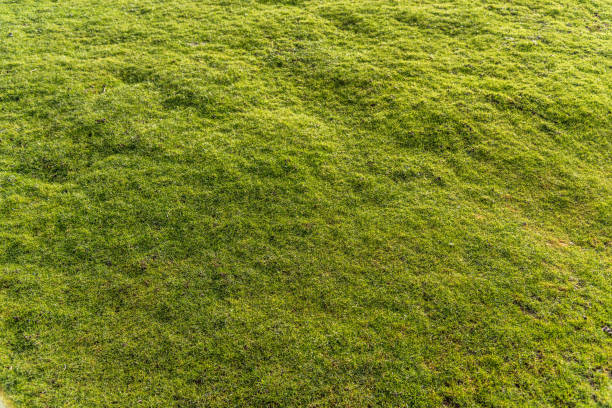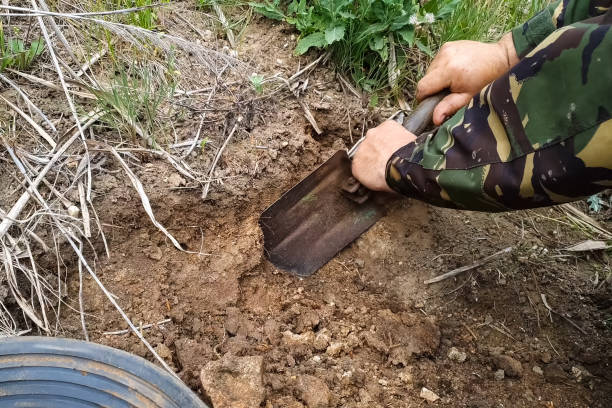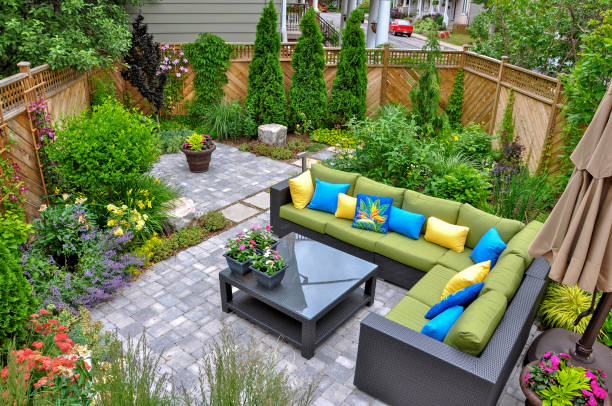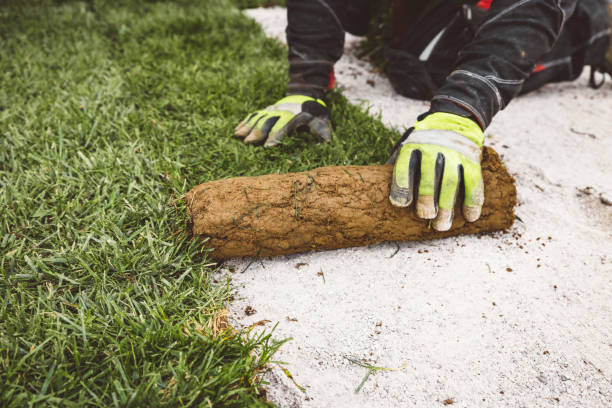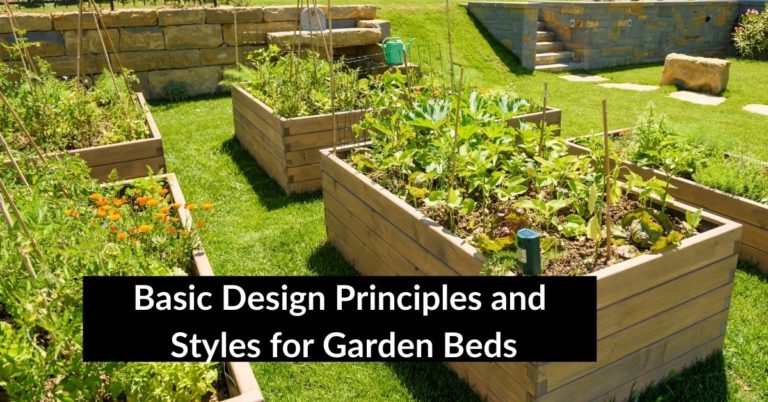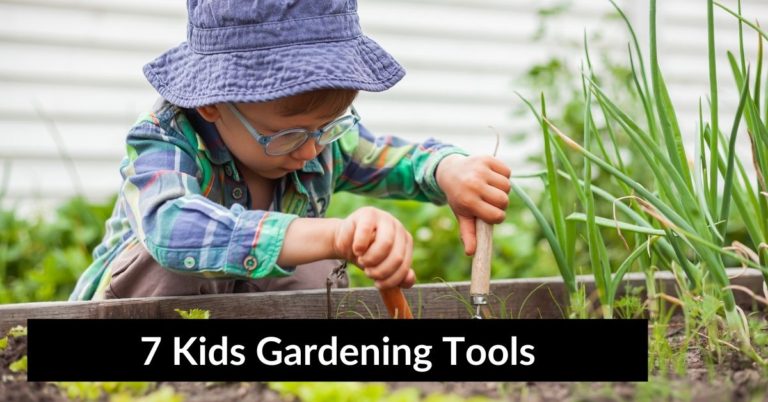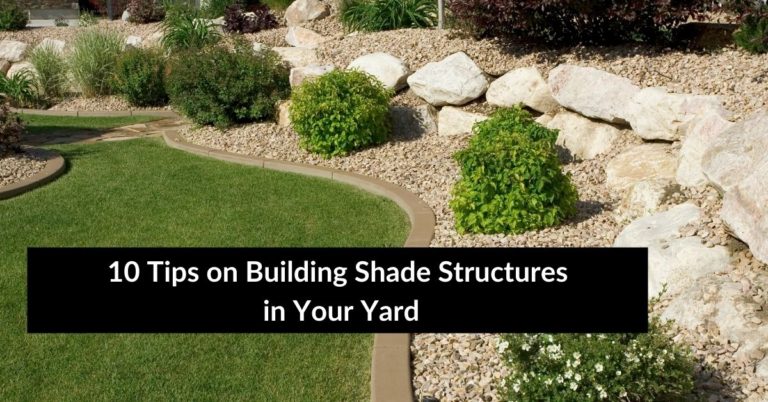What Lawn Leveling Equipment are Best?
This post contains affiliate links. This means I will make a commission at no extra cost to you should you click through and make a purchase. Read the full disclosure here.Lawn leveling is an essential task for maintaining a healthy and attractive lawn. Uneven surfaces can create problems such as poor drainage, scalping during mowing, and an uneven appearance. To achieve a level lawn, you need the right equipment that can efficiently and effectively tackle the job. In this article, we will explore the best lawn leveling equipment available to help you achieve a beautifully leveled lawn.
Introduction
A well-leveled lawn not only enhances the aesthetic appeal of your outdoor space but also provides a smooth surface for activities such as walking, playing, and entertaining. Whether you have a small patch of grass or a sprawling lawn, investing in the right lawn leveling equipment can make the task easier and more efficient.
Why is Lawn Leveling Important?
Lawn leveling is crucial for several reasons. Firstly, it promotes proper drainage, preventing water from pooling in low-lying areas, which can lead to root rot and other water-related issues. Secondly, leveling the lawn helps prevent the mower from scalping the grass, resulting in an uneven and patchy appearance. Lastly, a level lawn provides a safer and more enjoyable space for activities.
Manual Lawn Leveling Equipment
Rake
A rake is a versatile tool that can be used for various lawn maintenance tasks, including leveling. It is particularly useful for small areas or localized unevenness. Simply rake the soil from higher areas into the lower areas to create a more even surface. However, using a rake for extensive leveling can be time-consuming and physically demanding.
Shovel
A shovel is another manual option for lawn leveling, especially when dealing with uneven spots caused by indentations or holes. Fill the depressions with soil and use the backside of the shovel to level the area. While a shovel is effective for small-scale leveling, it may not be practical for larger lawns.
Powered Lawn Leveling Equipment
Lawn Roller
A lawn roller is a cylindrical tool filled with water or sand, designed to smooth out uneven terrain. It is commonly used to level minor imperfections and compress the soil. Rollers are available in various sizes, and they can be towed behind a lawn tractor or pushed manually. However, caution should be exercised as excessive rolling can compact the soil too much.
Lawn Leveling Drag
A lawn leveling drag, also known as a leveling rake or drag mat, is a specialized tool designed specifically for lawn leveling. It consists of a metal frame with adjustable tines or blades that loosen the soil and level the surface. The drag can be pulled manually or attached to a lawn tractor or ATV, making it suitable for both small and large-scale leveling projects.
Topdresser
A topdresser is a machine used for spreading a thin layer of soil or sand evenly across the lawn surface. It is particularly effective for leveling low spots and correcting minor unevenness. Topdressers come in various sizes, from handheld models to large self-propelled machines. They distribute the material evenly, improving the overall smoothness of the lawn.
How to Choose the Right Equipment
When selecting lawn leveling equipment, consider the size of your lawn, the severity of the unevenness, and your budget. For small lawns or minor leveling needs, manual tools like rakes and shovels can be sufficient. However, for larger areas or more significant leveling requirements, powered equipment such as lawn rollers, leveling drags, or topdressers offer greater efficiency and effectiveness.
Tips for Lawn Leveling
- Start by identifying the areas that require leveling, either visually or using a leveling tool.
- Remove any debris or obstacles from the lawn before beginning the leveling process.
- Water the lawn thoroughly a day or two before leveling to soften the soil and make it easier to work with.
- Use a combination of manual and powered equipment for optimal results, depending on the scale and severity of the unevenness.
- Apply topdressing material, such as compost or topsoil, as needed to improve the soil quality and level the lawn.
- After leveling, water the lawn again to help settle the soil and promote healthy grass growth.
Conclusion
Achieving a level lawn is a worthwhile endeavor that can enhance both the appearance and functionality of your outdoor space. By using the right lawn leveling equipment, such as rakes, shovels, lawn rollers, leveling drags, and topdressers, you can effectively address unevenness and create a smooth and beautiful lawn. Remember to consider the size of your lawn and the severity of the unevenness when choosing the appropriate equipment.
FAQs
How often should I level my lawn?
The frequency of lawn leveling depends on the condition of your lawn. Generally, it is recommended to level your lawn once a year or as needed.
Can I level my lawn without using any equipment?
While it is possible to level small areas manually using tools like rakes and shovels, larger-scale leveling projects typically require powered equipment for efficiency and better results.
Is it necessary to add topdressing material after leveling?
Adding topdressing material can help improve soil quality and level the lawn more effectively. It also provides additional nutrients to promote healthy grass growth.
Can I level my lawn myself, or should I hire a professional?
If you have a small lawn and the unevenness is minor, you can level it yourself using appropriate equipment. However, for larger lawns or significant leveling needs, hiring a professional may be a more practical option.
How long does it take to level a lawn?
The time required to level a lawn depends on various factors, such as the size of the lawn, the severity of the unevenness, and the equipment used. Smaller projects can be completed in a few hours, while larger ones may take a day or more.

